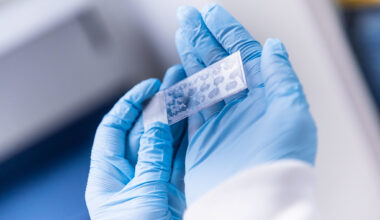Check out some of the papers that were published by DMCBH members in the past few weeks:
Fidel Vila-Rodriguez: Differential symptom cluster responses to repetitive transcranial magnetic stimulation treatment in depression
Repetitive transcranial magnetic stimulation (rTMS) can target specific neural circuits, which may allow for personalized treatment of treatment-resistant depression (TRD). This study found that there are distinct symptom clusters experienced by individuals with TRD that have a differential response to rTMS. Future work will determine whether differing rTMS treatment targets have distinct patterns of symptom cluster responses with the eventual goal of personalizing rTMS protocols based on an individual’s clinical presentation.
Despite multiple potential physical and mental benefits of aerobic exercise, individuals with bipolar disorder (BD) report low engagement in aerobic exercise and decreased cardiorespiratory fitness (CRF). Given the scarcity of interventions that focus on aerobic exercise and CRF in BD, a novel behaviour change counselling (BCC) intervention was developed and conducted to increase aerobic exercise in youth with BD. The aim of this study was to elucidate participant feedback on the BCC intervention, using post-intervention consultation forums.
Shernaz Bamji: Synaptic activity–dependent changes in the hippocampal palmitoylome
Palmitoylation is a lipid-associated modification that regulates protein stability, localization, and function and plays a role in synaptic plasticity—changes in synaptic strength that mediate learning and memory. This study used proteomics analysis to uncover the dynamics of palmitoylation in the fear-conditioned mouse hippocampus, providing a resource from which to explore its role in cognition.
Transcranial magnetic stimulation (TMS) induces electric fields that depolarise or hyperpolarise neurons. Intermittent theta burst stimulation (iTBS), a patterned form of TMS that is delivered at the theta frequency (~5 Hz), induces neuroplasticity in the hippocampus, a brain region that is implicated in memory and learning. One form of plasticity that is unique to the hippocampus is adult neurogenesis; however, little is known about whether TMS or iTBS in particular affects newborn neurons. This study applied repeated sessions of iTBS to male and female mice and measured the extent of adult neurogenesis and the morphological features of immature neurons.
Mark Cembrowski: Neuronal cell types, projections, and spatial organization of the central amygdala
The central amygdala (CEA) has been richly studied for interpreting function and behavior according to specific cell types and circuits. Such work has typically defined molecular cell types by classical inhibitory marker genes; consequently, whether marker-gene-defined cell types exhaustively cover the CEA and co-vary with connectivity remains unresolved. This study combined single-cell RNA sequencing, multiplexed fluorescent in situ hybridization, immunohistochemistry, and long-range projection mapping to derive a “bottom-up” understanding of CEA cell types. In doing so, two major cell types were identified, encompassing one-third of all CEA neurons, that have gone unresolved in previous studies. The results reveal new CEA organizational principles across cell types and spatial scales and provide a framework for future work examining cell-type-specific behavior and function.


